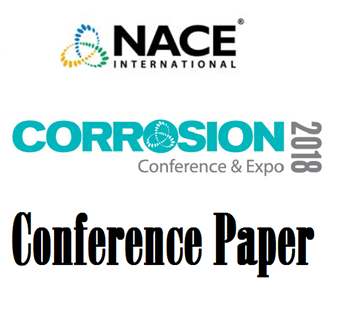Search
Products tagged with 'thin film'
View as
Sort by
Display
per page
51318-11612-Electrochemical behavior of titanium and titanium nitride monolithic and layered thin films
Product Number:
51318-11612-SG
Publication Date:
2018
$20.00
Development of new coating for PEMFC’s bipolar plate: Role of oxygen on corrosion properties for TiOxNy coating
Product Number:
51323-19532-SG
Publication Date:
2023
$20.00
Reduction Of Conservatism In SSC Testing For Sour Gas Well Tubulars
Product Number:
51322-17776-SG
Publication Date:
2022
$20.00




